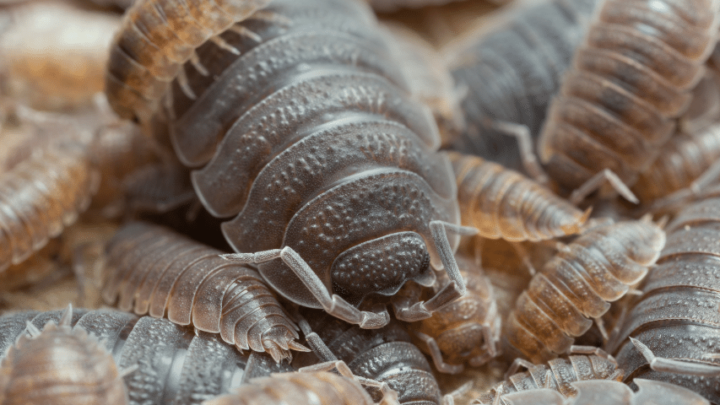Giant Canyon isopods are large and make for excellent pets. They can live in a wide range of setups and are more tolerant than most isopods you will find.
As a result, Giant Canyon isopods are suitable for beginners. They can be bred easily, and you can attain success with primary isopod care.
Giant Canyon isopods are scientifically known as Porcellio dilatatus. They are pretty active and like to stay burrowed in the soil most of the time.
In addition, these isopods will eat almost anything, including the substrate of your enclosure.
As a result, they act as a fantastic cleaning team to reduce your maintenance tasks. Most significantly, you won’t have to stress about choosing food for these creatures.
You can feed them almost anything you will find around your kitchen. Today, we’ll learn how to look after Giant Canyon isopods.
Our guide will throw light on different aspects of caring for these isopods, like diet, enclosure, and suitable temperatures.
In addition, we will find out how to breed Giant Canyon isopods before concluding our guide. Let’s start with information on some vital factors of caring for these creatures.
Caring for Giant Canyon Isopods
Giant Canyon isopods don’t need much care as they are highly tolerant. A plastic container with at least 3-4 gallons and medium airflow will suffice. In addition, they require 3 to 4 inches of substrate as they like to stay under the soil. Moreover, Giant Canyon isopods are fine with temperatures of 65 to 75 degrees F. Additionally, medium humidity of 60% to 80% is optimal. They feed on a wide range of organic substances like dried leaves, fruits, and vegetables.
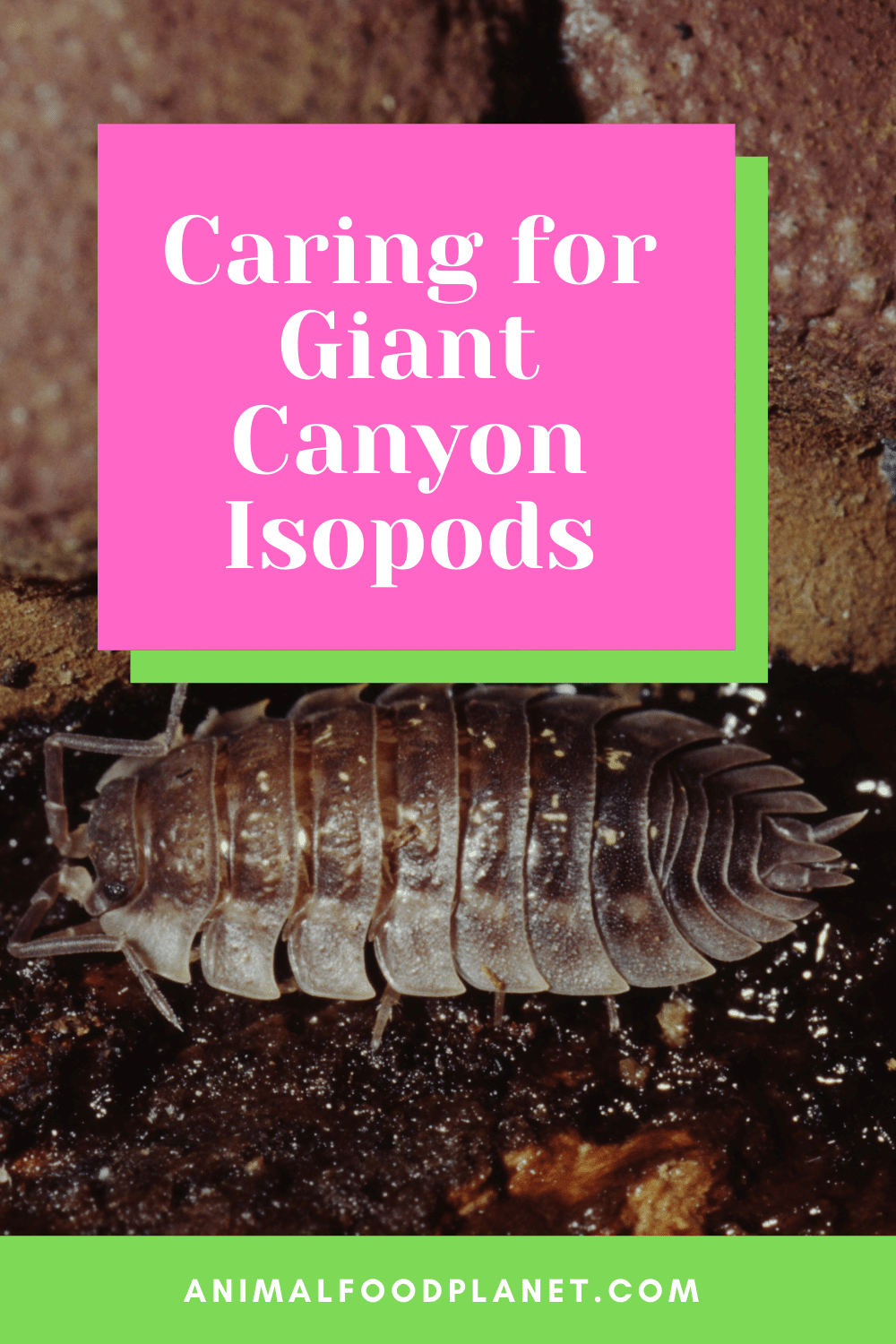
Caring for Giant Canyon Isopods
The Complete Giant Canyon Isopod Care Guide
Giant canyon isopods also feed on fish food and dried fish. Hobbyists need to ensure enough water and moisture to care for Giant Canyon isopods. Additionally, there should be enough food for the isopods to live.
Common Size of Giant Canyon Isopods
Giant Canyon isopods can grow to about 3/4th of an inch or 15 mm. Most of them are usually over half an inch in size.
They are also considered among the medium-to-big isopods. As a result, hobbyists like to keep them as pets in their vivarium and terrarium setups.
Giant Canyon isopods are big and appear dark gray. Some of them may also come with a dark brown tinge.
These isopods are active and sturdy. They have a tough outer body that looks like scales of armor.
In several places in Europe, giant Canyon isopods are common. Parts of North America are also inhabited by them.
Estimated Lifespan of Giant Canyon Isopods
Isopods tend to live up to 2 to 4 years. However, most of them may survive at least 2 – 3 years with proper care.
The same applies to Giant Canyon isopods. They live a maximum of 3 – 4 years with adequate food, suitable temperature, and proper humidity.
Additionally, they are pretty resilient and can thrive in most established environments.
Difficulty Level of Giant Canyon Isopods
Giant Canyon isopods are more resilient than other isopods. As a result, harvesting these isopods does not need much effort.
In addition, the breeding process is more or less straightforward. Giant Canyon isopods can grow their colony and keep on multiplying till you provide them with the right living conditions.
As a result, even beginners may try their hands at breeding Giant Canyon isopods. You are more likely to attain success and a thriving colony if you follow a few basic steps.
Enclosure for Giant Canyon Isopods
Giant Canyon isopods don’t need any special arrangement. You can keep them in any container you find in your house.
So, a plastic lunch box or container is enough to breed and culture Giant Canyon isopods. However, make sure the container is sturdy enough to house the substrate and these creatures.
One important thing to consider while creating an enclosure is ventilation. As noted earlier, Giant Canyon isopods are more tolerant than other species of the family.
Therefore, you can culture them with medium-level ventilation while others need more. You may prick a few holes on the upper side of the walls of your container to allow airflow.
In addition, make a few holes on top if you are using a lid. Don’t worry, as Giant Canyon isopods won’t climb out of the enclosure if the walls are 3-4 inches taller than the substrate.
Moreover, the plastic walls will ensure the isopods slip and fall on the substrate if they try to climb them.
Once you have the enclosure, spray some water around the base and walls before putting the substrate.
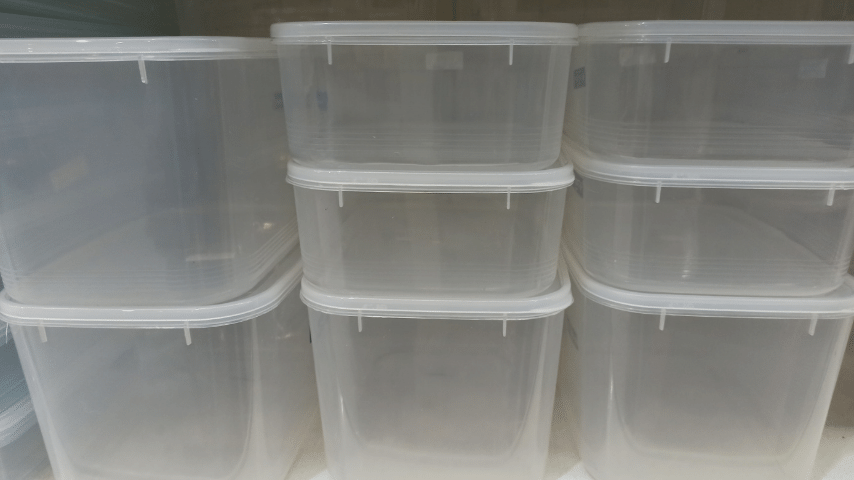
Keep Them In Any Container You Find In Your House
Substrate for Giant Canyon Isopods
Giant Canyon isopods need enough substrate to survive. They tend to dig deep into the soil and Reside there for the most part.
In addition, they like to eat in dark areas like under bark or wood.
So, aim to create a 3 to 4 inches substrate to provide enough room for the isopods to burrow in. You can create the base layer with a mixture of peat moss and wood.
Next, spray some water over the layer to moisten it well. However, it should not be dripping wet.
Now, you can place foliage on top of the base layer to complete your substrate. You can put dry leaves over the wood and even dry barks.
Moreover, spray a bit of water into the enclosure to ensure enough moisture. You can also pour a bit of water into one corner of the enclosure while leaving the restless moistened.
This allows isopods to regulate the amount of hydration easily.
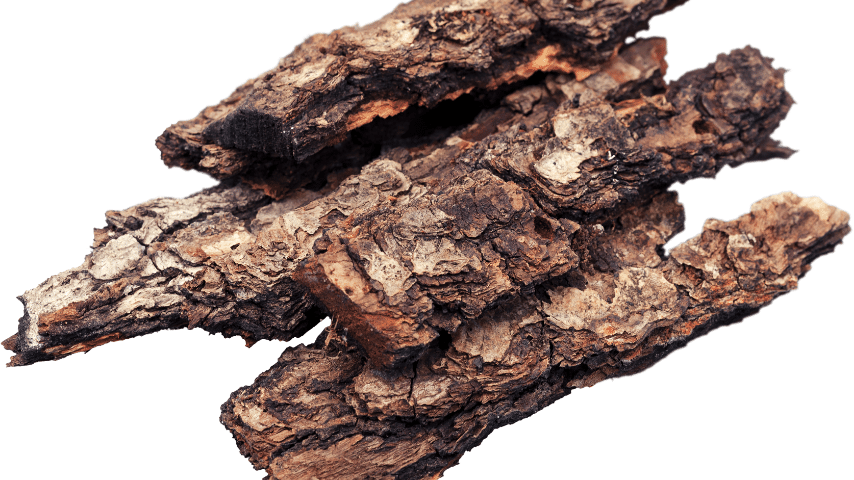
Bark Or Wood
Ideal Temperature for Giant Canyon Isopods
Giant Canyon isopods are okay with a wide range of temperatures. They dwell in many places around the globe with varying climates.
For example, North America generally has a colder climate. In comparison, some parts of Europe may be warmer.
You can find Giant Canyon isopods in all of these parts.
Therefore, almost every country on the planet can culture these isopods at home. The suitable temperature for them ranges from 65 degrees F to 75 degrees F.
You may even keep them at temperatures of 60 degrees F or 80 degrees F. However, it is necessary to provide adequate moisture and ventilation for Giant Canyon isopods to stay healthy.
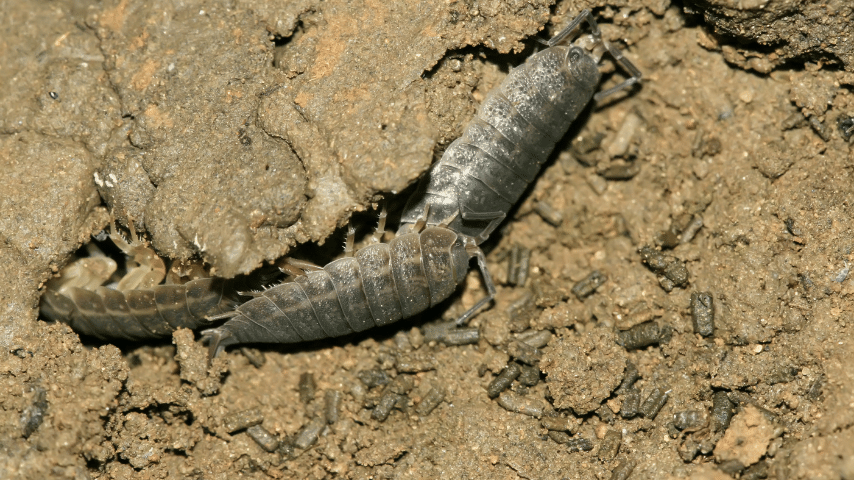
Giant Canyon Isopods
Suitable Humidity for Giant Canyon Isopods
Isopods tend to prefer high levels of humidity in general. However, Giant Canyon isopods don’t need too much moisture to thrive.
That’s why you may find them in locations where humidity is less, like North America.
Still, you should always aim to maintain 50% humidity or more. In drier regions, you may increase the humidity to 60% – 80%.
In addition, you need to keep your substrate well hydrated to care for Giant Canyon isopods. Some hobbyists also make a hydration station in one corner of the enclosure to ensure enough moisture. Moreover, the enclosure should be a bit humid to keep these creatures.
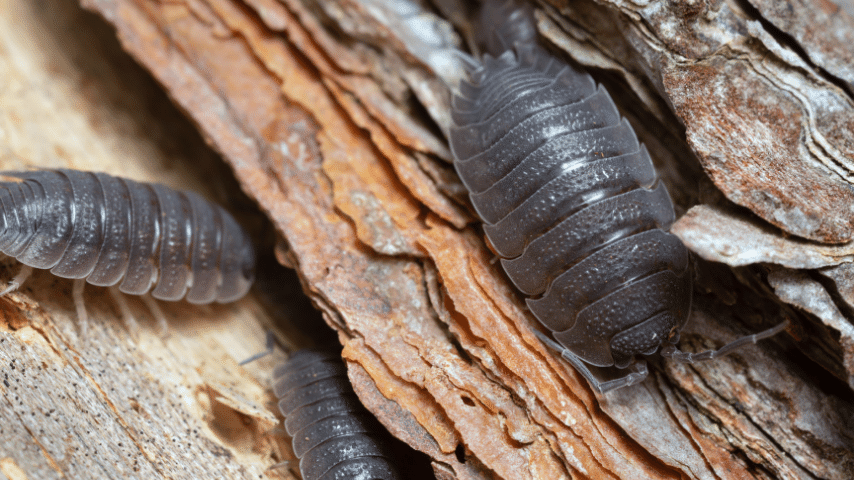
Giant Canyon Isopods
Best Diet for Giant Canyon Isopods
Giant Canyon isopods are not picky about food. You can feed them a wide range of food that you can easily arrange from your home.
In addition, Giant Canyon isopods eat the substrate of your setup. So, you can ensure an adequate supply of food by maintaining enough organic matter as the top layer.
Additionally, replenish the top layer frequently to ensure enough food for the isopods.
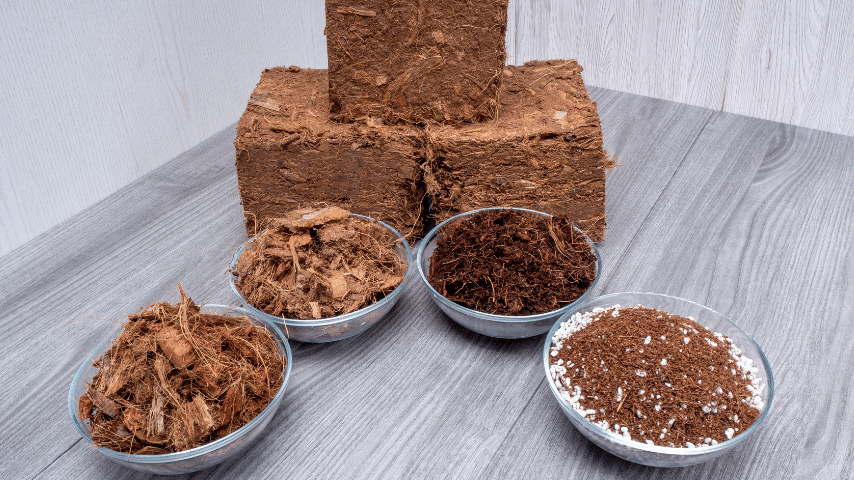
Substrate
So, what foods do Giant Canyon isopods like?
Unlike other isopods, Giant Canyon isopods feed on dried leaves. So, your task becomes easier as you don’t have to provide leaf litter.
So, you can feed dried leaves from plants in your yard to these creatures. In addition, you can provide decomposed wood or even flake soil as a part of their diet.
In addition, you may try a plethora of vegetables and fruits. You can save the skins of different veggies and feed them to Giant Canyon isopods.
Peels of fruits are also good to be added to the menu.
However, you will need to cut the vegetables, fruits, and skins into smaller parts for the isopods to be able to eat them.
Giant Canyon isopods also need some protein to stay healthy. So, be ready to feed them some dried shrimp or similar items from time to time.
However, refrain from feeding meat to these isopods. You should also not feed any dog or cat food to isopods.
Only fish food is allowed for Giant Canyon isopods.
Moreover, you can go for different supplements and premix food available, especially for isopods.
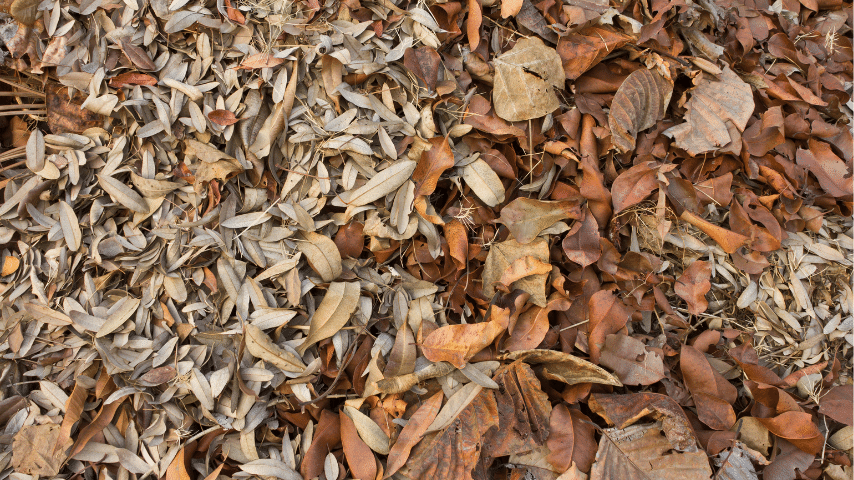
Dried Leaves
Breeding Giant Canyon Isopods
Giant Canyon isopods are fine with most home setups. You can also breed them easily in an enclosure once you fulfill some basic requirements.
A study by researchers revealed that the lower the density of Giant Canion Isopods is, the higher the performance in terms of reproduction.
Therefore you can conclude that if you are keeping many of these isopods together it will lower their breeding rate and performance.
Male and female isopods mate in captivity to produce eggs. The female isopod lays several eggs that she carries around in a pouch under her belly.
Female isopods attain sexual maturity at about 6 months. They can even mate before reaching full maturity.
Once the eggs hatch, baby Giant Canyon isopods will come out and populate your colony. However, they will need to grow a little bit before you can see them crawling around on the substrate.
Giant Canyon isopods generally take 2 weeks to a month to breed. Therefore, they reproduce quickly and are great for culture in a short time.
A medium-sized container is enough to breed Giant Canyon isopods. You should also ensure it has proper ventilation to keep the isopods healthy.
However, isopods reproduce at a faster rate than many species. So, your container might run out of room if your colony keeps growing.
You can put some of the isopods in a new container or get a bigger enclosure.
You need to introduce male and female isopods in an enclosure as we described above. Maintain a temperature range of 75 – 80 degrees F during the breeding season.
Additionally, keep the humidity at 75% to 80%. You may need to spray some water in the container to maintain the required moisture level.
Moreover, ensure there is enough food for the isopods to produce healthy offspring.
After a month, you can check your enclosure for new Giant Canyon isopods. They will be present under barks and wood you have placed over your substrate.
Giant Canyon isopods can sustain and keep a colony growing if they have food and a suitable environment.
As a result, harvesting these isopods does not need much effort.

Giant Canyon Isopods Can Sustain And Keep A Colony Growing
Frequently Asked Questions About Giant Canyon Isopods
What is the size of mature Giant Canyon isopods?
Giant Canyon isopods can grow to more than half an inch. They are medium-sized isopods in the Isopoda family.
How fast do Giant Canyon isopods breed?
Giant Canyon isopods take up to a month to breed. Several of them can reproduce in as little as two weeks.
Where are Giant Canyon isopods found?
Giant Canyon isopods are common in Europe. They can also be present in modest numbers across North America.
Final Thoughts About Giant Canyon Isopods Care
Giant Canyon isopods are big and resilient creatures. You can breed them with less effort compared to other isopods like Dalmatians.
In addition, you can feed them a wide range of foods like dried leaves and vegetables. They are also tolerant to a wide scale of temperature and humidity.
Moreover, they are okay with medium ventilation.
Giant Canyon isopods are great as pets in different environments.

